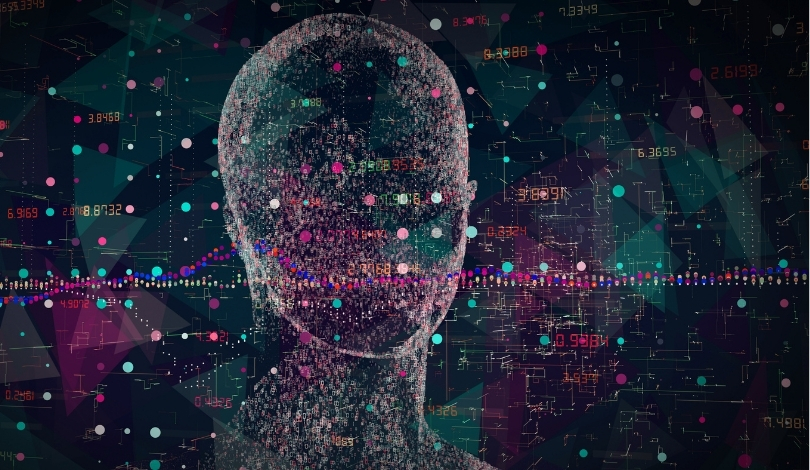Warehouses have long faced challenges in maintaining robust security while ensuring operational efficiency. Recent efforts by Soracom and Otsuka Warehouse introduce advanced technologies to address these concerns through innovative approaches. Modern logistics environments demand solutions capable of quickly identifying unauthorized access without disrupting daily routines, prompting companies to experiment with emerging digital tools. This collaboration targets a practical balance between security needs and workflow stability, each critical to businesses handling pharmaceuticals and food products.
Past announcements from both Soracom and Otsuka Warehouse focused on integrating IoT into logistics management for improved tracking and environment monitoring. Earlier systems relied on traditional surveillance or sensor-based alerts but struggled to adapt to evolving threats or specific client requirements. The addition of generative AI now allows operators to customize detection criteria rapidly, moving beyond the rigid functions of earlier technology deployments.
How Does the New Intrusion Detection System Work?
The system developed by Soracom and Otsuka Warehouse uses existing surveillance cameras and generative AI to capture and evaluate images at regular intervals. When the artificial intelligence detects activity consistent with unauthorized entry, it sends instant notifications to warehouse management teams. This process aims to deliver timely and actionable alerts that enhance staff readiness and response.
What Role Does IoT Play in Implementation?
Soracom’s IoT platform, along with the Soracom Flux service, underpins the system’s design by facilitating streamlined, low-code integration of various applications. Using Soracom Flux and Google Gemini, the team developed a prototype within one month, aiming for efficient adaptation across diverse warehouse settings. The IoT infrastructure also supports real-time centralized oversight from Otsuka’s Tokyo headquarters, providing clarity across national sites.
How Customizable Is the System for Different Warehouses?
The solution stands out for its flexibility, allowing warehouse staff to alter detection rules using natural language parameters. For example, staff can specify variables such as clothing patterns or helmet use—setting relevant conditions to fit particular security protocols. Otsuka Warehouse’s Chief Technology Officer, Kiyoshi Sekiya, remarked,
“The reason we chose to use generative AI this time is that it allows us to flexibly change the detection conditions passed to the generative AI using natural language.”
Additionally, Sekiya added,
“We can change and add detailed parameters on the management screen, allowing for flexible adjustments to suit the situation, and we believe that it can also be expanded to applications beyond detecting unauthorized intruders.”
This flexibility suggests potential use cases outside traditional intrusion detection, including safety compliance monitoring or goods management.
The partnership between Soracom and Otsuka Warehouse demonstrates the practical use of generative AI, IoT, and cloud-based services in modern logistics security. Unlike previous methods, which often required significant technical adjustments or physical upgrades, this approach leverages natural language to adapt to shifting operational requirements. For warehouse operators, understanding customizable AI-driven systems opens avenues for more responsive end-to-end monitoring solutions. As businesses evaluate security investments, adopting tools supporting scalability and real-time management may be crucial for meeting industry demands while protecting inventory and personnel.










